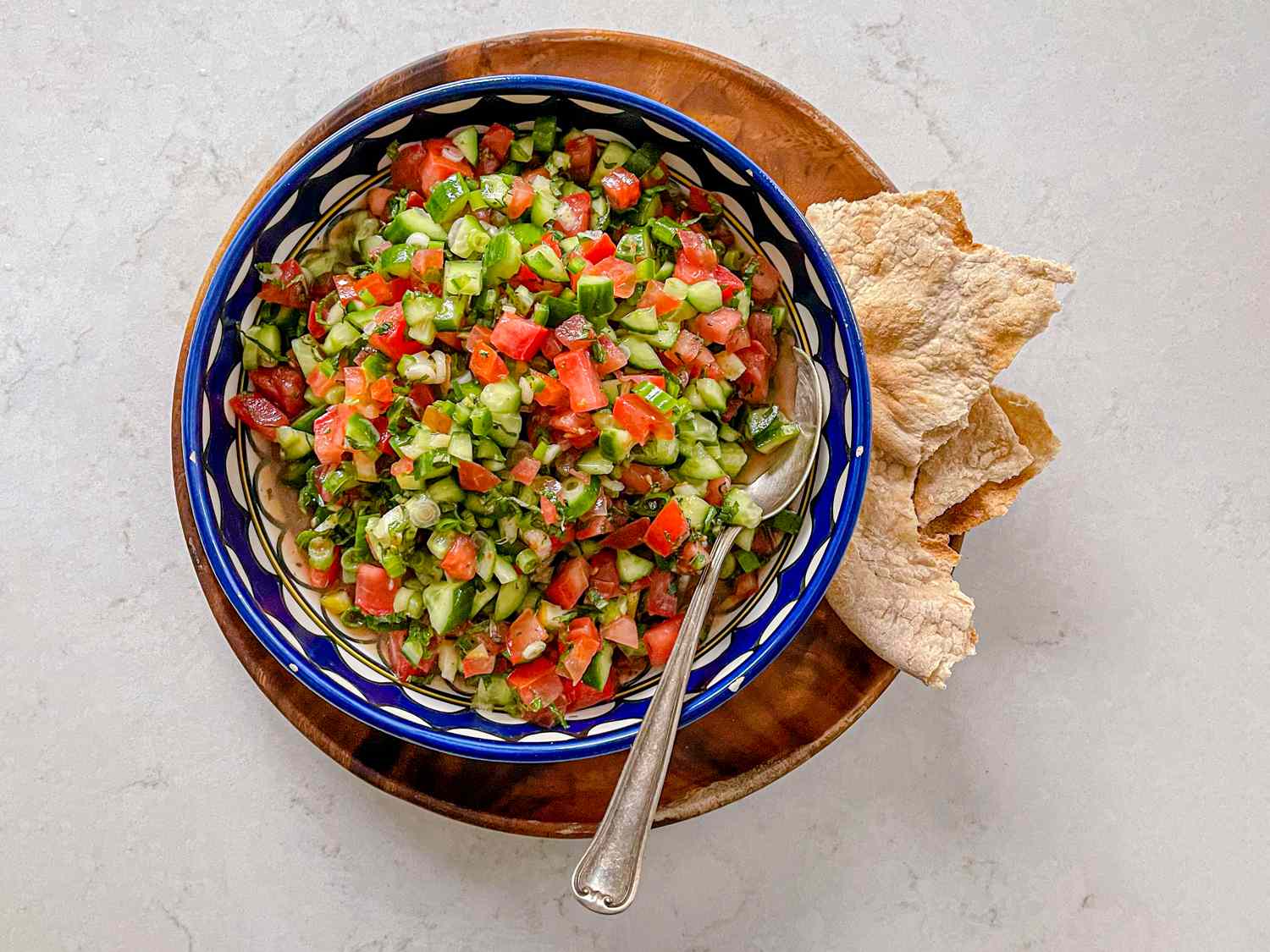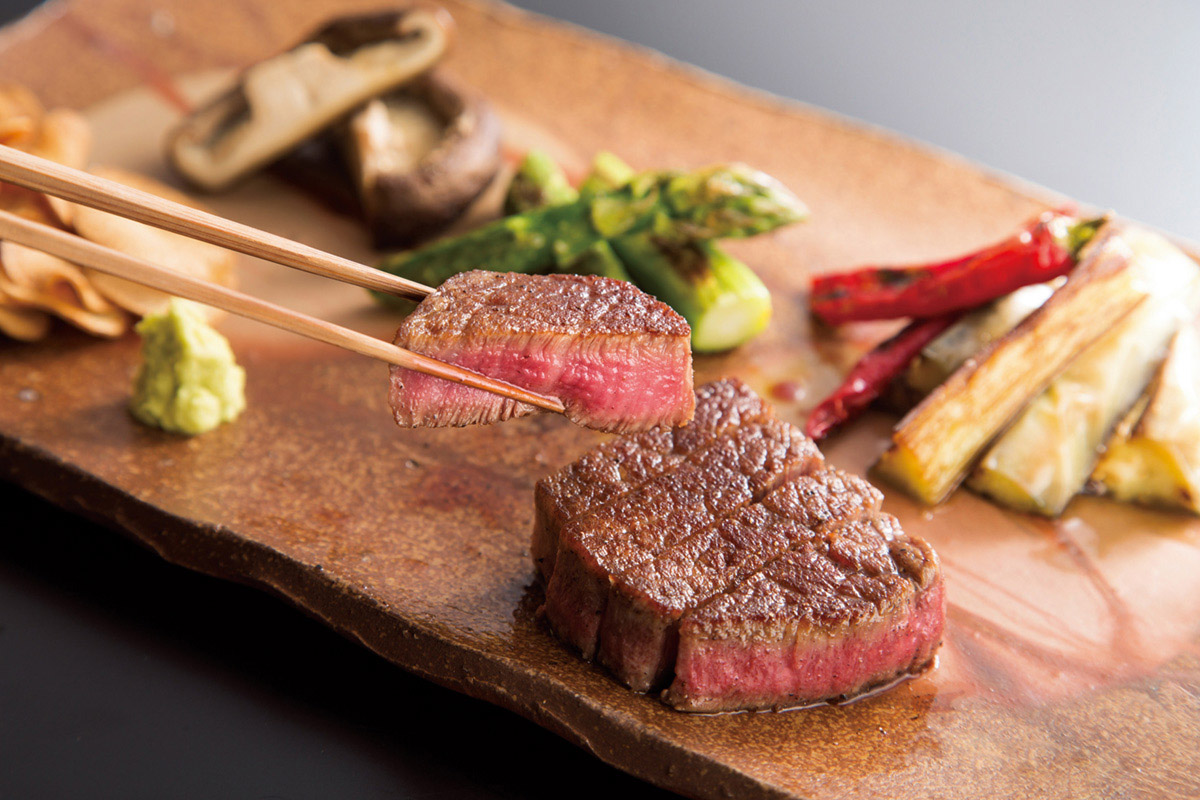When it comes to leafy greens, wild arugula is a popular choice for many food enthusiasts. Also known as wild rocket, this peppery and flavorful green is a staple in Mediterranean cuisine and has gained popularity in other parts of the world as well. But what exactly is wild arugula, and what sets it apart from its cultivated counterpart? Let's explore the origins, taste, and culinary uses of this vibrant green.
Origins and Characteristics
Wild arugula (Eruca vesicaria) is a leafy green that grows in the wild, often in rocky, sandy, or disturbed soils. It is native to the Mediterranean region and parts of Asia, where it has been foraged for centuries for its distinct flavor and nutritional benefits. Unlike cultivated arugula, which is often milder in taste, wild arugula tends to have a more intense, peppery flavor with a hint of nuttiness. The leaves are deeply lobed and feature a dark green color, making them visually appealing in salads and other dishes.
Taste and Culinary Uses
The bold, peppery flavor of wild arugula makes it a versatile ingredient in the kitchen. Its distinctive taste adds a zesty kick to salads, sandwiches, and wraps. Additionally, it can be used as a flavorful bed for grilled meats or seafood, adding a layer of complexity to the dish. In Mediterranean cuisine, wild arugula is often paired with citrus fruits, nuts, and cheeses to create vibrant and refreshing salads. Its robust flavor also makes it a popular choice for homemade pesto, adding a unique twist to this classic sauce.
Nutritional Benefits
In addition to its culinary appeal, wild arugula offers a range of nutritional benefits. Like its cultivated counterpart, it is a good source of vitamins A, C, and K, as well as folate and potassium. The peppery flavor of wild arugula is attributed to compounds known as glucosinolates, which have been studied for their potential health benefits, including antioxidant and anti-inflammatory properties. Incorporating wild arugula into your diet can be a flavorful way to boost your intake of essential nutrients.
Foraging and Sustainability
Foraging for wild arugula can be a rewarding experience for those interested in connecting with nature and exploring wild edibles. However, it's important to forage responsibly and sustainably, ensuring that wild populations are not depleted. If you're not able to forage for wild arugula in your area, it can often be found at farmers' markets or specialty grocery stores, where it is typically sourced from sustainable growers who harvest it in a way that supports the natural ecosystem.
Conclusion
In summary, wild arugula is a flavorful and nutritious leafy green with a rich culinary history. Its peppery taste and visual appeal make it a popular choice for salads, pesto, and other dishes. Whether you forage for it in the wild or purchase it from a trusted source, incorporating wild arugula into your cooking can add a burst of flavor and a touch of culinary adventure to your meals. So, the next time you're looking to liven up your plate with a vibrant green, consider adding some wild arugula to the mix.
Was this page helpful?
Read Next: What Is The Best Worcestershire Sauce











